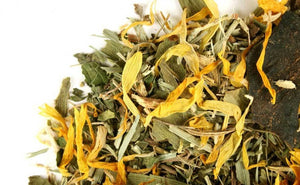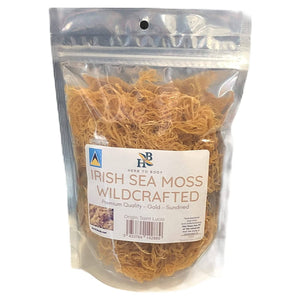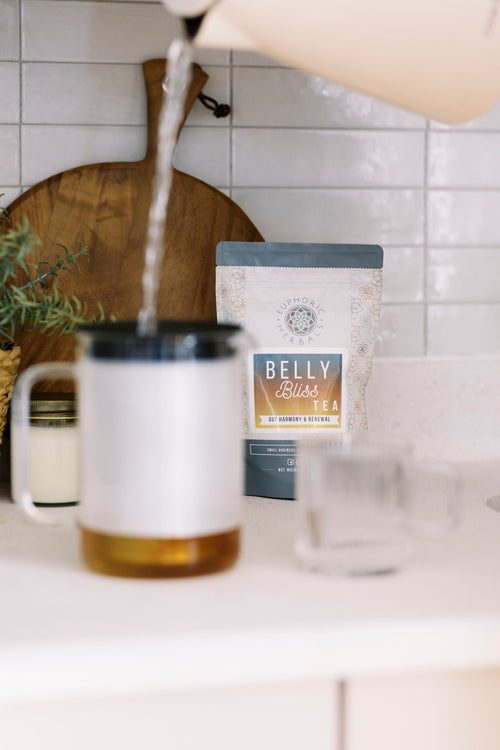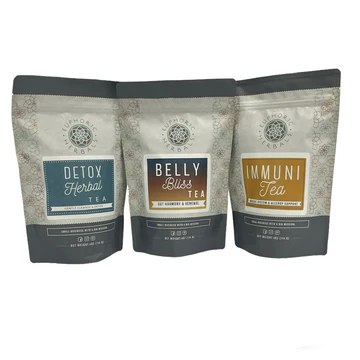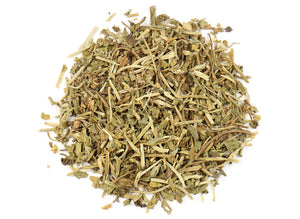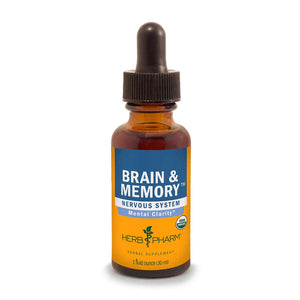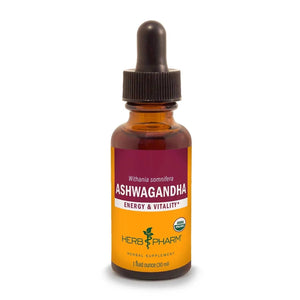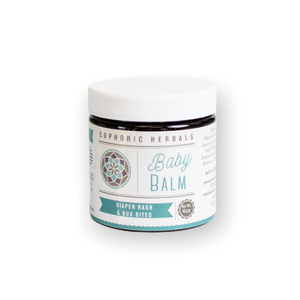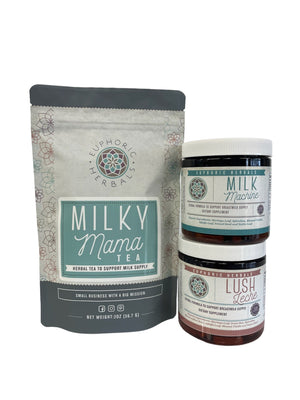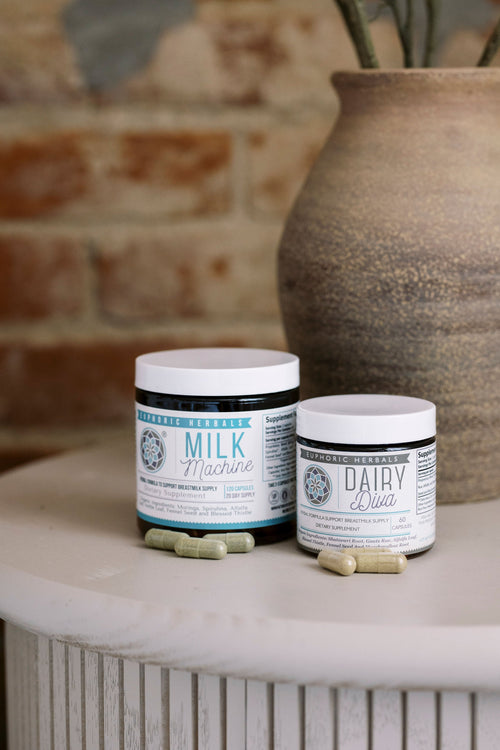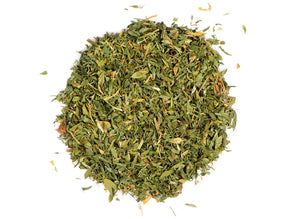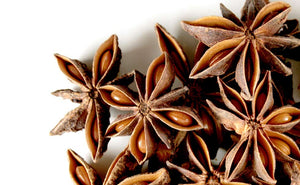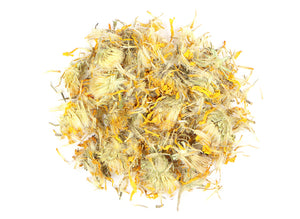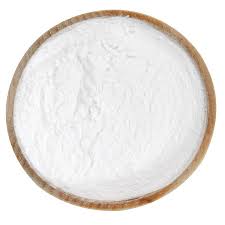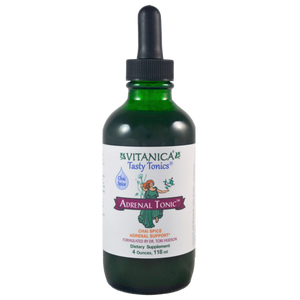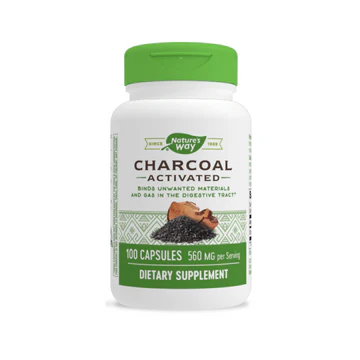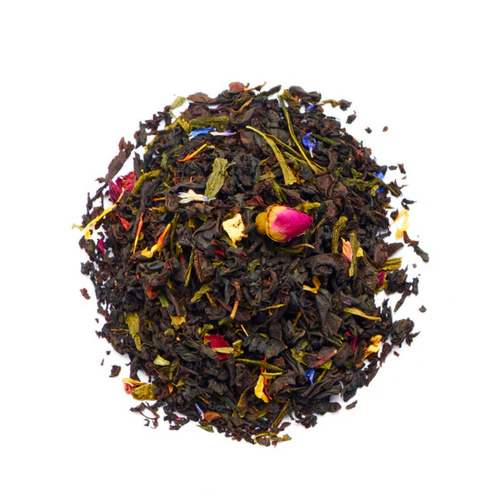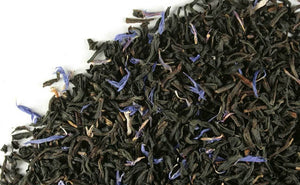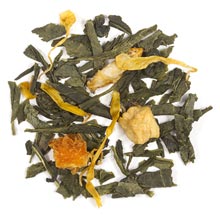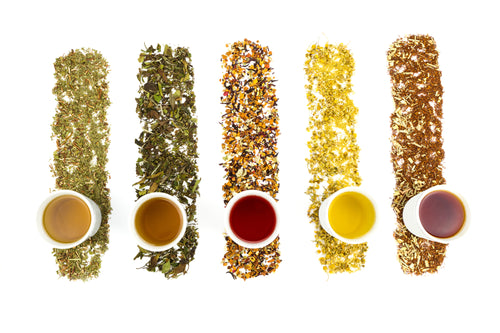Many nursing parents feel that they don’t produce enough breast milk for their babies and want to increase their supply. This worry is quite common and natural because you want the best for your baby. However, it’s often not a serious issue, and most lactation consultants will tell you that everything is fine.
When nursing, you have to focus primarily on your diet because it will impact how much breast milk you produce and its quality. It can also help or hinder you from recovering from birth if you’re not eating right. Therefore, you should talk to your doctor about a postpartum diet that will balance your nutritional needs and enhance breast milk supply.
Signs That You Have a Low Supply of Breast Milk
Many moms worry about their supply of breast milk and if they’re producing enough. For one, it is quite hard to measure how much milk your baby is consuming when it comes straight from the breast.
The best indication that your baby is getting enough breast milk is by their weight. Take your infant to the pediatrician regularly for check-ups. The doctor will weigh your baby and ensure that growth and development are on the right track. Just remember that some babies might lose weight right after birth. This should resolve itself in about a week.
These signs will help you ensure that your baby is getting enough breast milk:
- Your baby enjoys feeding and does it often. Breast milk is likely to be digested quickly, so your baby will need to nurse more often. This doesn’t necessarily mean that you’re not producing enough milk. On average, babies breastfeed every 1.5 to two hours or get eight to 12 feedings in a 24-hour period.
- After feeding, your breasts should feel emptier and softer.
- You’ll be able to see/hear your baby swallow while they feed.
- Your baby will unlatch on his own when they are done eating.
- Babies that get enough breast milk will likely urinate eight or more times in 24 hours. Their stools will often be a light yellow with a few lumps but ultimately loose. Sometimes, babies that eat only breast milk will pass multiple stools a day, though some might only go once a week. Both scenarios are normal.
- Make sure your baby has latched on correctly. Notice any pauses that your baby takes between feedings.
The following signs aren’t for low breast milk supply and are often nothing serious:
- Fussy feedings at night
- Decrease in length of feedings
- Increase in how often they’re nursing
- Little or no milk coming out when you pump
Tips for Increasing Your Breast Milk Supply
If you still feel that your baby isn’t getting enough, there are some things you can do to increase your breast milk supply:
- Make sure your baby is feeding correctly. If he or she can’t latch onto the nipple or isn’t in the right position, it will be hard for him to feed. You should also ensure that your milk is removed from the breast during feeding. If not, the body thinks it is making too much and will start producing less. Sometimes, the baby can’t get all the milk out of the breasts. When that happens, you can express it and save it (make sure you do this correctly).
- It’s best to nurse frequently to ensure that the milk is removed from your breasts properly. Allow your baby to nurse as long as he wants to with a frequency of between 1.5 to two hours.
- Always offer both breasts while nursing. Once your baby finishes with one, switch to the other side.
- Nipple confusion is a real thing, so it’s best to avoid bottles and pacifiers if you plan to only breastfeed. Your baby might find it harder to latch to the breast if he’s sucked from bottles. It’s also wise to give your baby breast milk only, avoiding other foods until he’s about six months old.
- Take care of your body. Make sure you’re eating healthy, drinking plenty of water, and getting enough sleep. Also, try to avoid stress.
- If your baby doesn’t remove all of the breast milk, you can pump out the rest. This is one of the best ways to ensure that you keep up the production of breast milk because it stimulates the milk and removes it from the breast.
Top Foods to Increase Breast Milk Supply
While there aren’t many studies out there showing that certain foods can help produce more breast milk, the foods we’re going to talk about have been using by nursing mothers and found to be somewhat effective. As long as you consume them as part of your normal diet, they won’t do any harm and can help tremendously.
Fenugreek Seeds
For many generations, fenugreek seeds have been used to help increase breast milk production. It contains omega-3 fatty acids, and they are important for brain development in your baby. The leaves of the plant can also be used because they have many nutrients. These include iron, calcium, beta-carotene, and Vitamin B. You can even add the seeds to your tea while it is brewing or use it to prepare a variety of savory dishes.
Fennel Seeds
Fennel seeds are used to help boost milk supply, but they can also reduce colic and gas. The assumption is that when you consume the fennel seeds, it will pass to the baby through your breast milk. Use it to brew your tea or soak about one teaspoon of the seeds in water overnight to drink in the morning, straining the seeds out before consuming the beverage.
Garlic
Garlic has been extensively studied and can boost your immune system, prevent heart disease, and more. While it will help to boost your breast milk supply, the smell and taste will affect your milk, so you should use it in moderation.
Green, Leafy Veggies
Leafy greens, such as fenugreek leaves, kale, mustard greens, and spinach are excellent sources of minerals, including folate, calcium, and iron. These vegetables also contain many vitamins and are thought to help your body produce more breast milk. Consider adding a portion of leafy green vegetables to one meal each day.
Cumin Seeds
Cumin seeds will help relieve constipation, aid in digestion, reduce bloating, and help with lactation. They’re packed with calcium and vitamins. You can soak them in a glass of water overnight and drink it the next day or toss the seeds in a salad.
Sesame Seeds
If you’re wondering what to eat to increase your breast milk supply, many people recommend consuming sesame seeds. They’re a non-dairy source for calcium, which is essential to your baby’s development and growth. Plus, new moms need more calcium for a full recovery from birth. Use the seeds as part of your daily cooking or make a sweet dish called ladoos and eat them once a day.
Holy Basil
Lactating mothers have used holy basil for many generations. It does aid in breast milk production, but it can also create a calming effect and promote a good appetite and healthy bowel movements. Holy basil is primarily taken as a tea.
Oatmeal
Oatmeal is an excellent choice to help control post-delivery diabetes and boost your energy levels. It has a lot of fiber, which is good for the digestive system. You can make oatmeal cookies or eat oats for breakfast. Nutritionists often recommend that lactating moms add oats to their diet to help boost breast milk production.
Unripe Papaya
Though it might seem a little strange, unripe papaya can boost milk production and can help you relax because it acts as a natural sedative. Consider grating it into your salad right before you eat it for a bit of crunch.
Carrots
Carrots are very rich in vitamin A, so it can help you boost lactation and the quality of your milk. You can eat carrots raw in salads or by themselves. You can also drink carrot juice. They’re easily available anywhere in the world, making them an excellent addition to your diet.
Barley
Barley is an excellent ingredient to help you stay hydrated and boost lactation. You can incorporate the barley grains into your salads. Some people prefer to soak them overnight in hot water, drinking the water once it has cooled.
Asparagus
High-fiber foods, such as asparagus, are full of vitamins K and A. These vitamins stimulate hormones that are necessary for lactation. You can eat the asparagus by steaming it or sautéing it. Eat it with a meal or as a healthy snack.
Brown Rice
Brown rice is often suggested as part of your diet after giving birth. It can stimulate the hormones that are needed for milk production. Plus, it will help you feel more energized to take care of your new baby and feed him. It’s easy to prepare brown rice by using a pressure or rice cooker. Eat it as a side dish and consider mixing in some tasty vegetables, too.
Apricots
Many healthcare providers recommend eating apricots before and after you deliver your baby. It will provide you with a good source of fiber and calcium, but it will also help with lactation. Eat them raw as part of your breakfast or as a snack.
Salmon
While it can be hard to get access to salmon depending on where you live, you should always add it to your diet, if possible. It has essential fatty acids and omega-3 fatty acids, both of which can aid in lactation. Plus, the milk you do produce will be more nutritious. You can cook salmon in a variety of ways, such as pan-fried, grilled, or steamed.
Conclusion
While there are plenty of foods that you can eat to promote more breast milk production, it’s not just what you eat that matters. Stress can cause you to produce less milk, as well. Some women experience postpartum depression after giving birth, which also doesn’t help. The best thing you can do is stay calm through meditation, talking to trusted people, and relaxing.
If you and your doctor do believe that your milk supply might be too low or is on the verge of being too low, you can eat a variety of foods that are tasty and healthy. They’ll help stimulate lactation and help your body in other ways.
Feel free to fill out our contact form to ask questions and voice your concerns. We look forward to hearing from you!






